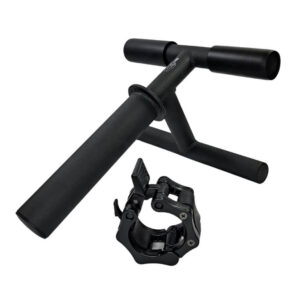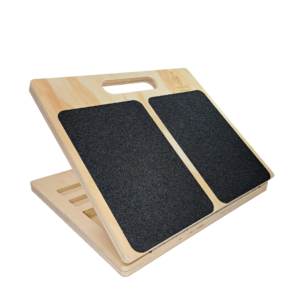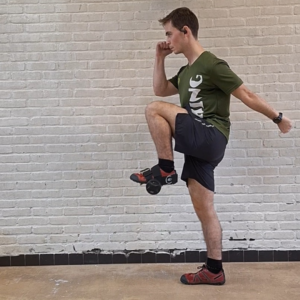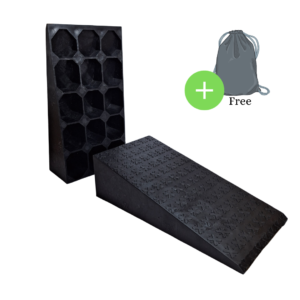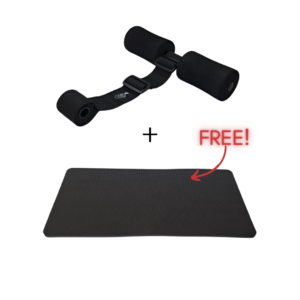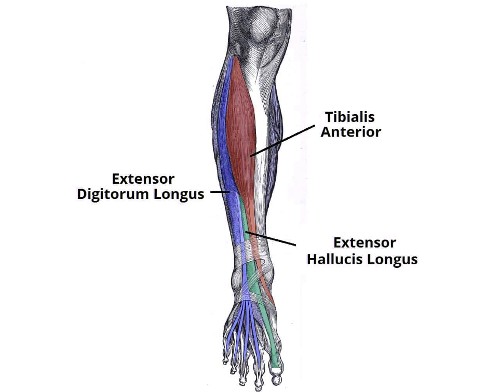
The tibialis anterior isn’t exactly the biggest or the strongest muscle of the lower body, but it does play an important role, especially for athletes. It plays a crucial role in all sorts of activities, from walking to running, jumping, and even rock climbing. Not to mention the benefits a healthy tibialis anterior brings when it comes to foot and knee health.
So, why are people in the Knees-Over-toes community talking about the tibialis anterior so much? Let’s break it down.
Table of Contents
Origin and Insertion Of The Tibialis Anterior Muscle
As a part of the shin muscles, the tibialis anterior (as the name suggests) originates from the lateral surface of the tibia (the upper ⅔ of the lateral surface to be exact). It’s innervated by the deep fibular nerve.
On the other end, after crossing the ankle joint, the tibialis anterior inserts into the medial cuneiform bone (medial and inferior surface) and a portion of the first metatarsal bone.
You don’t have to know human anatomy on an academic level to understand that muscles that go over complex joints have more than one function. But they also tend to get hurt the most, due to the same reasons. And that’s exactly the case with the tibialis anterior.

Tibialis Anterior Function
Ok, now let’s get to the practical part. The tibialis anterior plays a key role in several biomechanical actions of the lower leg. Its 3 main functions are:
- Dorsiflexion of the ankle joint – one of the main knees-over-toes functions and the key to healthy squatting
- Ankle inversion – a key component that lets our feet adapt to the surface during walking, running, and jumping
- Medial longitudinal arch activation – the tibialis anterior helps maintain a firm arch, which is crucial for proper foot activation and overall balance while standing (especially under load)
As you can see, there’s more to tibialis than just contraction and flexion. While being in charge of ankle dorsiflexion and inversion (alongside arch activation), the tibialis anterior is responsible for maintaining balance, lift-off explosiveness during jumping, and safety during landing.
How To Train Your Tibialis Anterior Muscle?
At Hybrid Athlete, we like to do things for the long run (both literally and figuratively). Naturally, to be able to lift heavy and run far, we must tackle the tibialis anterior effectively. The easiest way to tackle your tib anterior is with tib raises (bodyweight and under load, by using a tib bar).
So far we talked about the tibialis and its significance a lot. Here’s a selection from our Library of Knowledge to get you started:
Do Not Sleep On Your Tib Anterior, Your Joints Will Thank You For It
There’s no two ways about it – if you value performance and longevity as an athlete, you have to start training your tibialis anterior, ASAP.
No matter if you prefer running to weights, vice-versa, or both – this muscle is there to help you stabilize and transfer the forces that go through your kinetic chain.
Luckily, we got you covered with a perfect starting point. Assess where you stand (it’s ok if tib raises feel weird at first), and start implementing tibialis anterior training into your leg days.
Start training your tibialis the right way:
Above all, a storyteller. Then comes marketing, branding, writing music, powerlifting, and woodworking.


